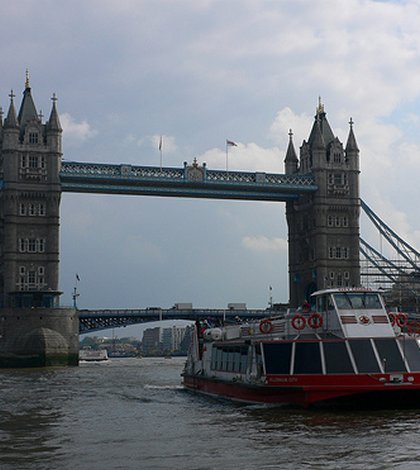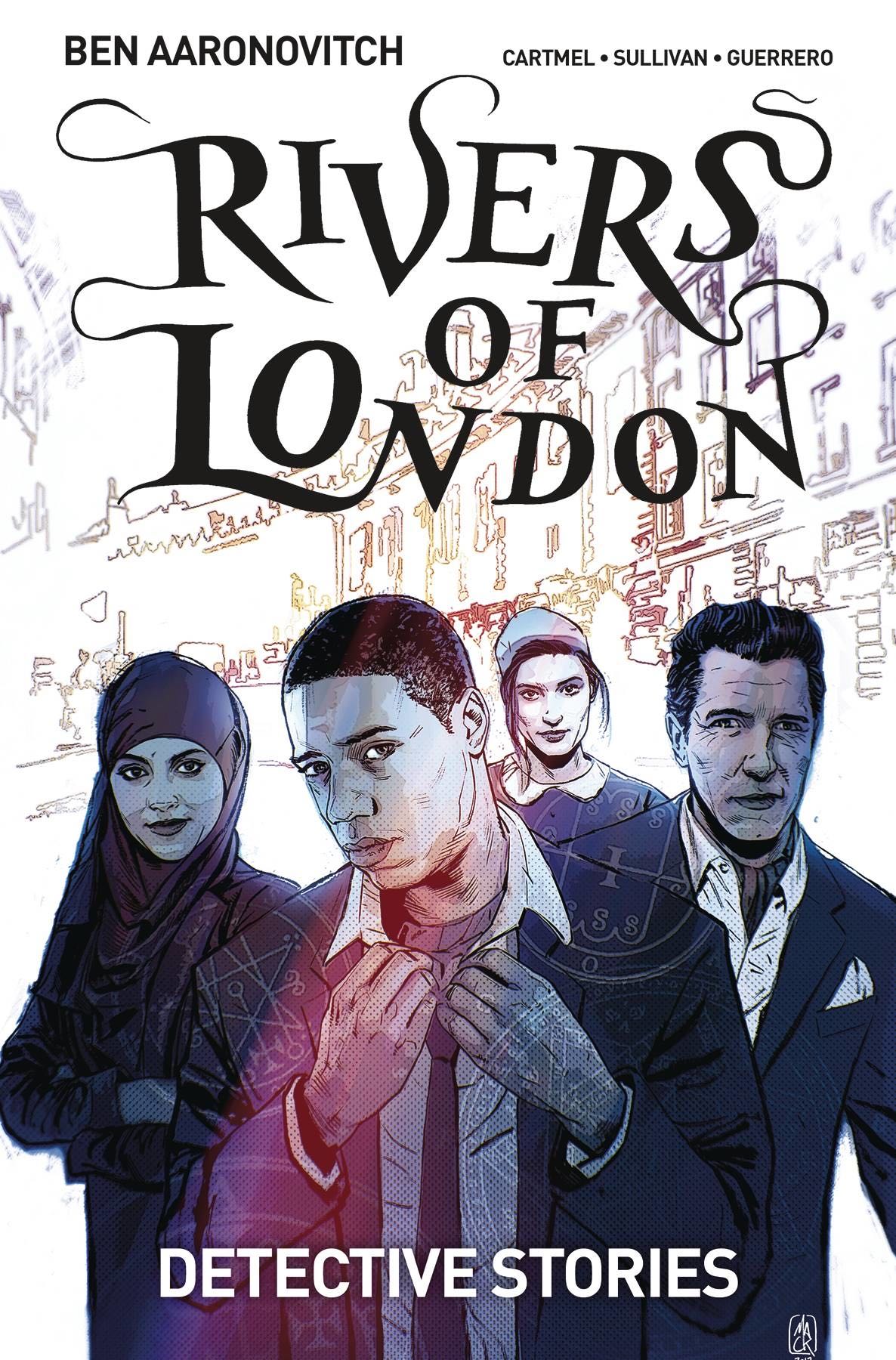

One possibility is that it was a medieval euphemism for the open sewers that ran along these streets.

Whatever it was, it has given its name to the Langbourn Wards of the City of London. This route looks unlikely, running parallel with, but in the opposite direction to, the Thames. mentions a Langbourne as running along Fenchurch Street, Lombard Street, and Sherbourn Lane, but gives no further details. The River Fleet, the largest see Fleet StreetĪn article on London's Lost Rivers (Stow, Kingsford.River Thames – north bank from east to west: In June 2008 outline plans to reinstate some underground rivers were published by the office of Mayor of London. In recent years, parts of some London rivers have been restored to their previous above-ground state, and in some cases fish have been reintroduced. Many London localities started their existence as small villages along these rivers, and their place names reflect their origin. (Nicholas Barton, The Lost Rivers of London, Historical Publications, ISBN 0-948667-15-X). Since it is difficult to stop water from flowing downhill, the rivers now flow through underground culverts. The subterranean or underground rivers of London are the tributaries of the River Thames and River Lea that were built over during the growth of the metropolis of London. That Wikipedia page probably contains more information. This page uses Creative Commons Licensed content from Wikipedia ( view authors).


 0 kommentar(er)
0 kommentar(er)
